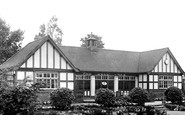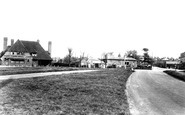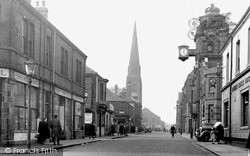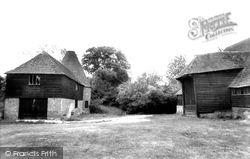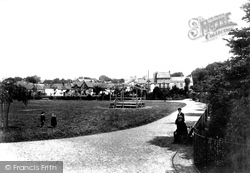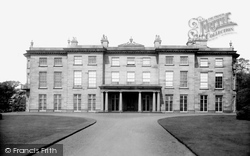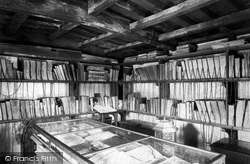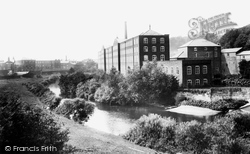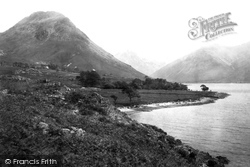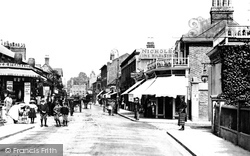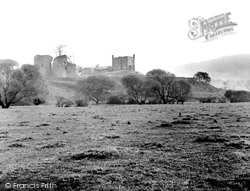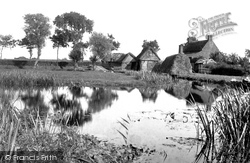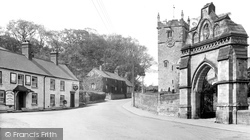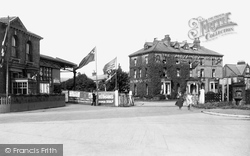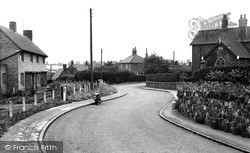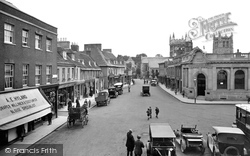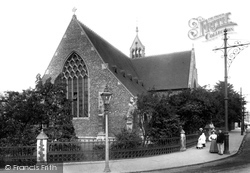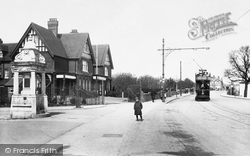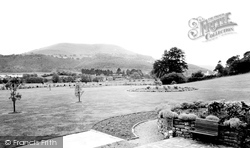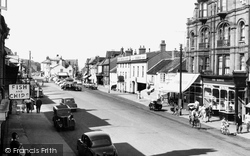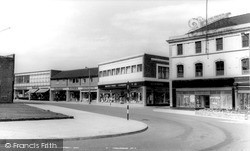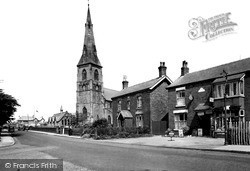Places
18 places found.
Those places high-lighted have photos. All locations may have maps, books and memories.
- Hythe, Kent
- Hythe, Hampshire
- Small Hythe, Kent
- Bablock Hythe, Oxfordshire
- Methwold Hythe, Norfolk
- Hythe, Somerset
- Hythe, Surrey
- Hythe End, Berkshire
- The Hythe, Essex
- Egham Hythe, Surrey
- West Hythe, Kent
- New Hythe, Kent
- Broad Street, Kent (near Hythe)
- Horn Street, Kent (near Hythe)
- Newbarn, Kent (near Hythe)
- Newington, Kent (near Hythe)
- Broad Street, Kent (near Hythe)
- Stone Hill, Kent (near Hythe)
Photos
360 photos found. Showing results 1,441 to 360.
Maps
101 maps found.
Books
10 books found. Showing results 1,729 to 10.
Memories
4,406 memories found. Showing results 721 to 730.
Sunday At The Dell
During the long summer Sundays of 1947, the pleasures that were afforded by many Doncastrians were few and far between.Sunday, being a non-work day for the man of the house (if not the woman, Sunday dinner to make, pots to wash, ...Read more
A memory of Doncaster in 1947 by
Our Ladys High School
I was sent to Our Lady's High School in Tiverton, Devon at about the age of 4, than remained with the school when it was relocated to Dartford until I was about 15. What a horrible place - the nuns were so cruel. I remember ...Read more
A memory of Dartford in 1941
My Nan Agnes Conor
I am trying to trace anyone who might have any history about the Conor family who lived at 14 Queen Street, Darlington in 1909. That year my nan was born to Sarah Jane Conor. She also had a daughter Elizabeth who was probably ...Read more
A memory of Darlington in 1900 by
Memoir
After nine months diligent effort I have completed my Memoir "Fortunë Favours the Bold" Ronald George Westwood 1932 - 2011. It contains a good deal of information about the history of Cedeslai / Chaddesley Corbett and the legend ...Read more
A memory of Chaddesley Corbett by
Zeals House, Preparatory School 1948 1952
After the War, after the Royal Air Force had vacated the property, Zeals House became home to Stroud School. A history of the school written by the Headmaster can be found on the following website: ...Read more
A memory of Zeals by
Greyhound, Fox & Central Garage
This photo has the 3 places that were a big part of my early working life. I worked in the garage from 63 through 69, the owner was Charles Holland who lived next door, we used the fox pub most evenings & weekends and ...Read more
A memory of Keston in 1963 by
Memories Of Leadgate And Iveston 1938 1943
I came to live at Leadgate when I was 12 years old and attended Leadgate Council School which was a large red brick building for infants and juniors, boys and girls. I was at the school for only 2 years, ...Read more
A memory of Leadgate in 1930 by
Our History In Brief
Although I had visited Hightown on many many occasions before this date to visit my Grandparents etc I particularly remember the days when myself and friends from Waterloo would visit Altcar Rifle Range to mark the ...Read more
A memory of Hightown in 1957 by
During The Second World War
This story is a memory during the Second World War. My father Samuel Fredrick Richardson was the air-raid warden. There was a brick shelter, built on the village green. Most of the village used to use it. One night ...Read more
A memory of Frimley Green in 1940 by
Fab Times
I always remember our Mum and Dad taking my brother Jimmy and myself to St Combs, staying with Mrs Buchan and No 3. High Street. She was the nicest lady in the world, but deaf unfortunately. We would go for walks along the beach, then ...Read more
A memory of St Combs in 1870 by
Captions
4,899 captions found. Showing results 1,729 to 1,752.
The area opposite the Town Hall was redeveloped in the late 1950s by the Arndale Property Trust in association with Shingler Risdon Associates.
Elsewhere in the village a stream gurgles by the side of the road. The village church is a squat Norman building with a fine interior with ancient wall paintings.
Note the wonderfully coloured bonnet worn by the child to the left.
Haigh Hall was designed by the twenty-fourth Earl of Crawford for himself and built at a cost of £100,000 between c1832 and 1840.
The volume of Raleigh's 'History of the World' has a hole burnt through 104 pages, supposedly caused by the poet Matthew Prior who fell asleep with an unguarded candle nearby.
It is believed that he was the victim of a contract killing arranged by the Italians.
This is one of the classic views of the Lake District; it is now used by the modern National Park Authority as its logo.
The north end of King Street has changed dramatically since 1904: the right hand side is mostly occupied by the backside of Tesco's, and on the left only The Rose pub, with the tall chimney, and the Methodist
The raised site chosen for his castle by the Norman Hamelin de Ballon in the late 11th century can be clearly seen here from Castle Meadows.
Judging by the slogan on the rectory wall, not everyone was happy with the post-war Conservative government.
This photograph shows reeds growing at the edge of a broad, with the cut stalks stacked by the cottage.
Originally built in 1859, it was rescued as a rotting hulk and restored to public use by the National Trust in 1980.
Like the White Swan on the left, inns were named so that a sign could be used and recognised by the illiterate. On the right are the tower of All Saint's Church and the Admiral's Arch.
At the beginning of the 19th century there were only about four hotels in Hornsea, but by the mid 19th century more were built to accommodate the influx of visitors wishing to sea bathe, which was considered
Manor Road joins the High Street by the pyramid roofed mid-19th century house, The Forge, in the distance. To the right, is a small wing with the date 1852 over a Gothic-style stone window.
It seems to have originally been a granary used by the monks of Studley Priory, but in 1534 they converted it to an inn to cater for travellers.
Note also that Buddens tailors shop on the corner of The Square has been demolished and replaced by the London Joint City Bank, established in 1836.
In a manner typical of this coastline, the soft red sandstone has been blasted into grotesque shapes by the constant battering of wind and wave. Note the winch alongside the nearest boat.
The Franciscan Order, the grey friars, arrived in 1234 to a frosty reception from the Abbot of Reading Abbey, who grudgingly gave them marshy land by the River Thames.
The hotel site is now replaced by a modern characterless Holiday Inn; we may be thankful that the ornate 1905 drinking fountain has been saved and relocated down by the river.
The landscaping of these gardens was only completed in 1964, following the purchase of Linda Vista House and gardens by the council in 1960.
The High Street is even busier by the mid-century, reflecting the growth of service industries in Aldeburgh and the gradual return to prosperity after World War II.
However, by the beginning of the 1960s, just before the act that designated the area as a new town, the population had only grown to over 26,000 people.
Beyond the primary school is the Tarleton Hotel, which has stood in the village since the 17th century and now goes by the name of the Cock and Bottle.
Places (18)
Photos (360)
Memories (4406)
Books (10)
Maps (101)



